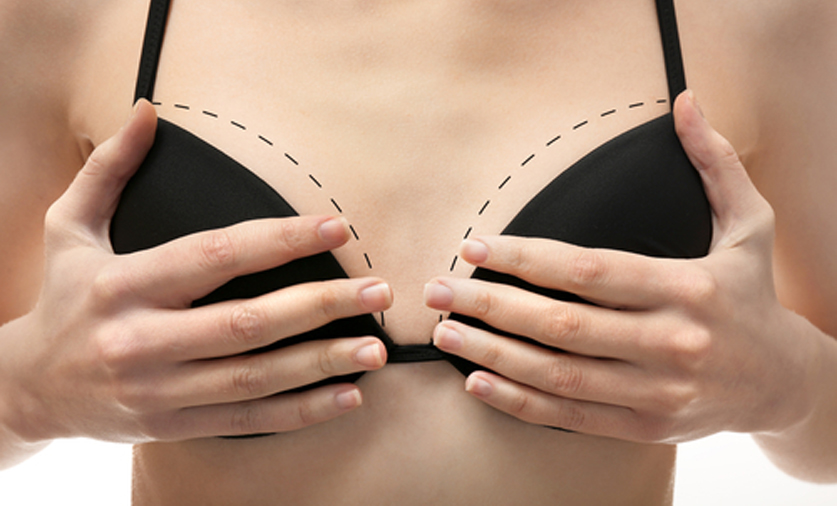Tubular breasts involve one or both breasts that are asymmetrical and they appear to have a swelling of the areola. It is not very clear what causes this condition however it mostly happens in girls during their puberty. Some medical experts suggest that tubular breasts are a result of abnormal gland development caused by collagen excess in the fascia and other connective tissue components that change the shape of the breast.
It is unfortunate that majority of women with tubular breasts in Westchester, Manhattan, NYC, and across the U.S. do not seek corrective measures. So, it is assumed that this condition is not common. However, this is not the case. This breast condition does not pose any direct threat to affected women’s health however, it is important to consider corrective measures. Young girls in their teens are not advised to go for corrective measures for tubular breasts if they have tubular breasts simply because their breasts have not fully matured and they have to wait until they are over 18 years of age.
How To Tell If You Have Tubular Breasts
Tubular breasts are diagnosed by how they look and their shape. Breasts form in different sizes and shapes but, the common symptom of tubular breasts is that they lack in breast tissue both horizontal and vertically. You can tell you have tubular breasts if there is a gap of more than 1.5 inches between them. The area around the nipples may also appear collapsed or constricted. Tubular breasts are asymmetrical and one breast may appear larger than the other. While normal breasts have a round appearance, tubular breasts appear square, pointed or oval shaped and the areola may have an enlarged dark area.
Tubular Breast Correction
Women who would seek corrective measures for this condition have the option to get a cosmetic surgery. Before getting the surgery, one should have their breasts properly assessed by a qualified plastic surgeon that is familiar with the condition. Most people confuse breast correction being the same as breast augmentation. These two procedures are totally different. Corrective surgery has more to it than a typical breast augmentation because a surgeon has to correct constricted tissue as well as repair herniation in addition to breast implants. A patient has an option to have the appearance of their nipples modified as well in a procedure known as a mastopexy.
Risk Factors
As mentioned earlier, tubular breasts do not pose health problems and one can choose not to have a corrective procedure. However, according to research, women who have tubular breasts are known to suffer from mental health issues like anxiety. Women with abnormal breasts are not confident and they usually feel uncomfortable in their clothes. It is worse in teenage girls who are just getting to know themselves and they live in fear that their peers will find they have tubular breasts.
Treatments
A plastic surgeon will first check out the breasts in order to find out how to correct the situation. The most common corrective procedure surgeons apply includes:
- An incision is made running from the areola’s bottom to the back of the breast
- A lower breast fold and glandular flap is formed
- An implant is inserted into the breast area
- The surgical site is closed up with sutures
Some patients may have their corrective surgery in one day. However, if one has breasts that differ significantly from each other, it may require the surgeon to make a two-step procedure.
